Tech startups can’t get enough speed, go quickly, break, and iterate as though their lives depend on them. Healthcare doesn’t move quickly, though. Healthcare moves smart. And that makes all the difference.
If you zoom in on the processes that healthcare entrepreneurs use to build, test, and scale, there’s an exceptionally useful set of practices that tech startups can apply without trading their advantage.
Build With Purpose, Not With Speed
Take the process, for instance. Tech likes to lean on quickly shippable MVPs, even if they’re rough. Healthcare can’t do the same.
When human life is in the balance, systems need to work, and work reliably. That mindset, one that is both innovative and accountable, is something most tech startups would be well advised to adopt. It’s not about going slower, it’s about thinking further ahead.
Working Together Isn’t a Fad Term
Not many healthcare leaders work in isolation. Cross-functional teams, with the types of clinicians, engineers, and data scientists, are the norm. They all bring something distinct to the table, and their aims are aligned from day one.
Compare that to most early software startups, where developers sometimes push out features without a strong understanding of customer uptake. What would happen if those conversations occurred earlier? What if engineers sat in on product calls, and designers listened in on user interviews?
Test With More Than Metrics Alone
In healthcare, it’s not just an A/B test for the landing page. It’s clinical trials, regulatory validation, and layered testing.
Few startups need a lab coat and clipboard, but questioning your assumptions with a touch of skepticism is never a bad idea. Taking an extra beat to test your rollout before your customer does might be the difference between momentum and a full rework.
Don’t Miss Backend Brilliance
Startups focus on the shiny front end, the product, the UI, and the user experience. But innovation in healthcare shows that the less glamorous parts matter just as much, like chemical etching for constructing components on a micro-scale in wearables or diagnostic products.
These are the behind-the-scenes systems quietly enabling smarter, safer, and more scalable healthcare technology used around the world.. For tech entrepreneurs, it’s a quiet reminder: strong infrastructure is often your hidden engine for growth.
Design For Real Humans
The best healthcare innovations are a blend of technical insight and genuine understanding of human emotion.
They’re not just reducing wait times or miniaturizing instruments; they’re building in ways that acknowledge how people feel. And that sensitivity isn’t exclusive to healthcare. Whether you’re creating a meditation app or a SaaS dashboard, knowing your users’ emotional experience is what makes your product stick.
One Step Ahead, Not First
No, tech startups don’t need to turn into healthcare companies. But they can learn a lot by watching how healthcare innovators progress with strategy, patience, and long-term thinking, in an industry where trust and longevity matter, moving with clarity might be the most effective thing you do.
Sometimes, the goal isn’t to arrive first, it’s to be worth arriving for.



